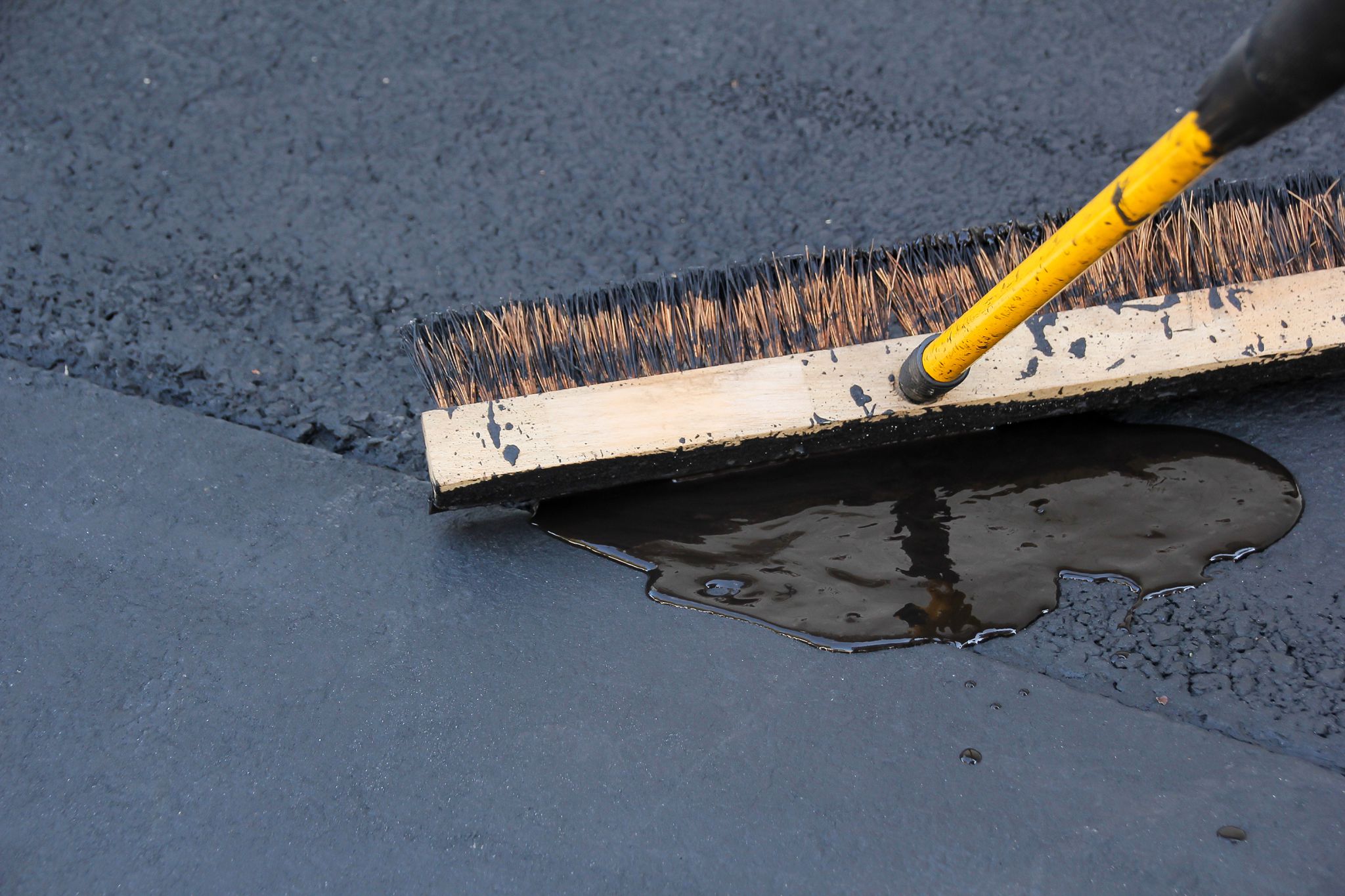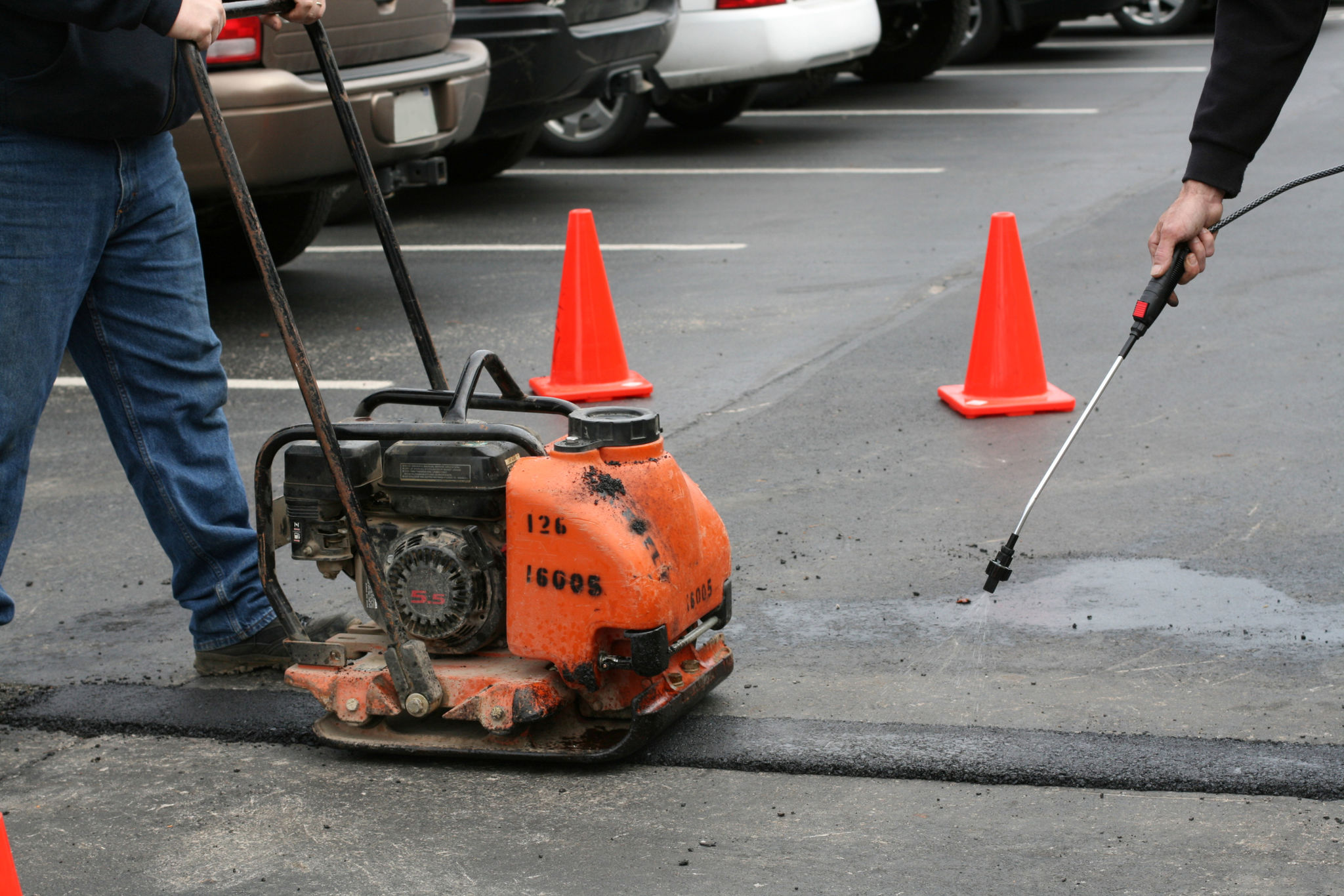Common Misconceptions About Asphalt Sealing: Myth vs. Reality
Understanding Asphalt Sealing
Asphalt sealing is a critical process in maintaining the longevity and aesthetics of asphalt surfaces. However, numerous misconceptions surround this practice, leading to confusion among property owners. In this blog post, we aim to separate fact from fiction and provide a clearer understanding of asphalt sealing.

Myth: Sealing Is Just for Aesthetics
One common misconception is that asphalt sealing is only for improving the appearance of driveways or parking lots. While it certainly enhances the visual appeal by providing a sleek, black finish, sealing offers far more than just cosmetic benefits. The primary function of sealant is to protect the asphalt from damaging elements such as UV rays, water, and chemicals. This protective layer prevents cracks and potholes from forming, thereby extending the surface's lifespan.
Reality: Sealing Extends Asphalt Lifespan
Sealing your asphalt surface can significantly increase its durability. By acting as a protective barrier against environmental factors, it helps in reducing the rate of deterioration. Regularly sealed asphalt can last up to 30 years or more with proper maintenance, compared to unsealed surfaces that might require extensive repairs within a decade.

Myth: Sealcoating Can Fix Cracks and Potholes
Another widespread belief is that sealcoating can repair existing damage like cracks and potholes. In reality, sealcoating is a preventative measure rather than a repair solution. It’s essential to address any existing damage before applying a sealant. Proper crack filling and patching should be completed to ensure a smooth and effective sealing process.
Reality: Preparation Is Key
To achieve optimal results, preparation is crucial before sealcoating. This includes cleaning the surface thoroughly and repairing any damages. By preparing the asphalt properly, you ensure that the sealant adheres correctly and provides the maximum level of protection. Neglecting this step can lead to subpar results and reduced effectiveness.

Myth: Sealing Is Required Annually
Some believe that asphalt surfaces need to be sealed every year. However, this is not necessarily true and can sometimes lead to over-sealing, which may cause more harm than good. Over-sealing can result in build-up and peeling of the sealant layers, which affects the surface integrity.
Reality: Seal When Necessary
The frequency of sealing depends on various factors, including traffic levels and weather conditions. Generally, sealing every 2 to 3 years is sufficient for most environments. Keeping an eye on your asphalt's condition will help determine the appropriate timing for resealing.
Conclusion
Asphalt sealing plays a vital role in maintaining your pavement’s health and appearance, but it's essential to understand the truths behind common misconceptions. By recognizing what sealing can and cannot do, property owners can make informed decisions about their asphalt maintenance strategies. Proper preparation and timing will ensure that your asphalt remains in top condition for years to come.